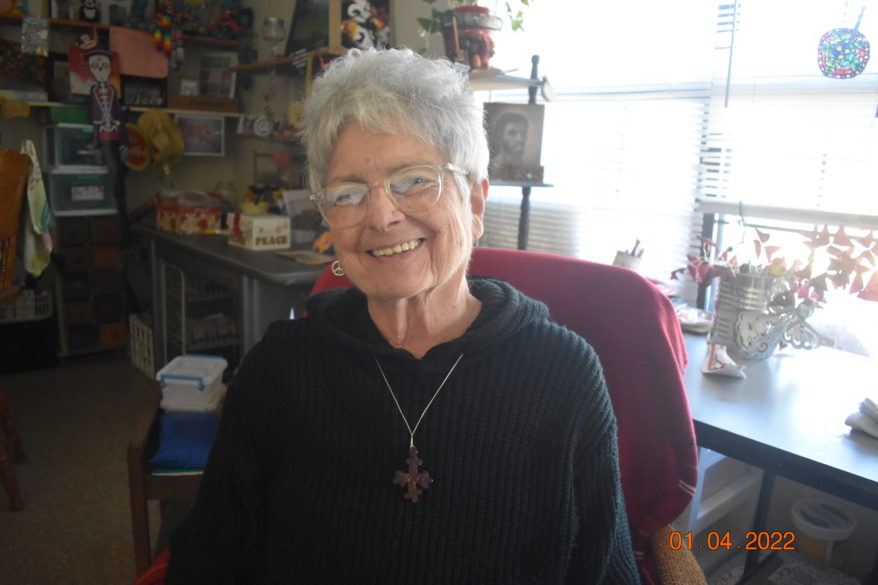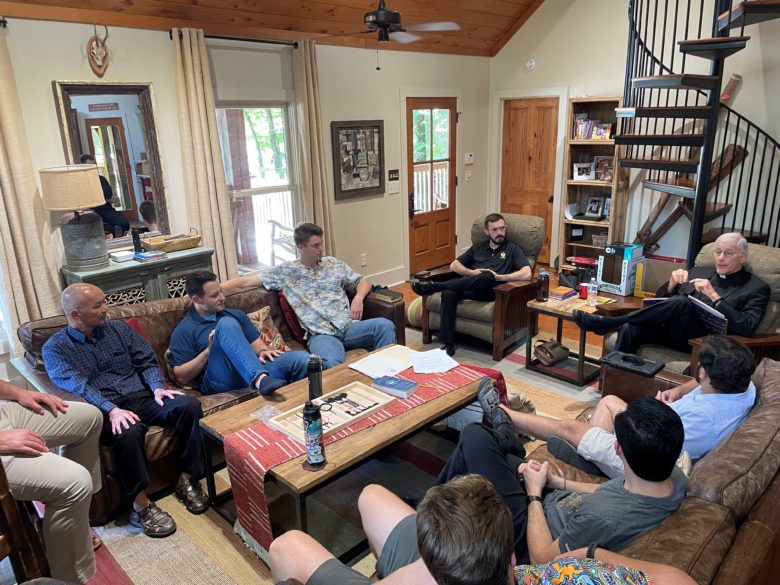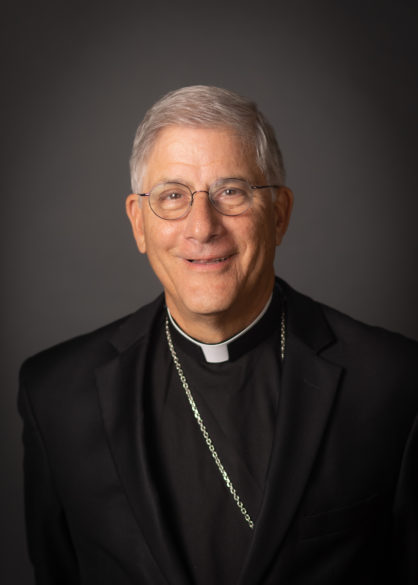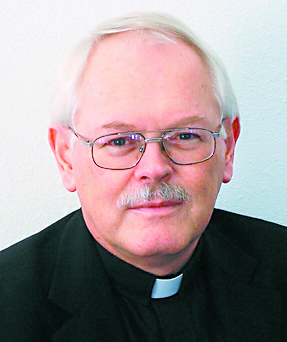By Fran Lavelle
He estado llamando a una revolución laica durante años. Antes de que alguien llame al Vaticano para que me arresten por incitar a una insurrección contra la iglesia, permítanme ser muy claro sobre lo que quiero decir.
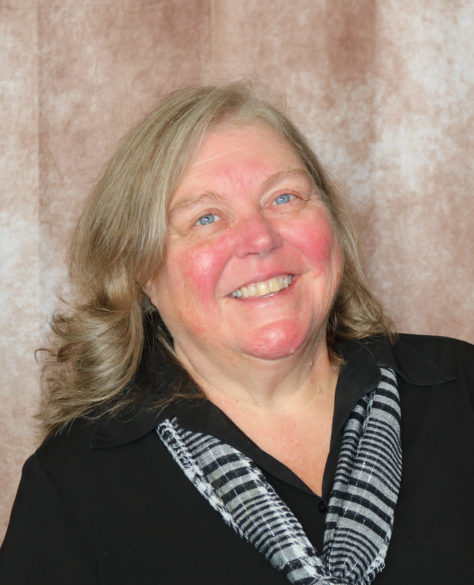
No estoy pidiendo una revolución laica contra la iglesia; más bien uno dentro de la iglesia en colaboración con los ordenados y consagrados.
Durante generaciones y generaciones, Hermanas y Hermanos religiosos catequizaron a nuestros hijos, el Padre hizo visitas por enfermedad al hospital y a los hogares de ancianos. El Padre dio instrucciones para aquellos que buscaban entrar a la iglesia. También preparó parejas para el matrimonio. Los laicos tenían roles como cocineros, amas de casa y conserjes, pero el trabajo pesado del ministerio lo realizaban el clero y los religiosos.
En los últimos casi 60 años desde el Vaticano II, hemos visto una fuerte disminución en el número de clérigos y religiosos que sirven a la iglesia. Tal vez los laicos no hayan sido empoderados o alentados a hacerlo, pero el Sínodo dejó en claro que todos deben participar en la realización del trabajo de la iglesia.
Los ordenados y los religiosos ya no pueden asumir esa responsabilidad solos. La revolución laica de la que estoy hablando es para nosotros, los laicos, dar un paso al frente y asumir la responsabilidad de nuestra fe y los ministerios de la iglesia de una manera transformadora. Hemos mirado al liderazgo de la iglesia para que nos diga qué hacer.
Las sesiones de escucha de nuestro Sínodo demostraron que nosotros, los laicos, sabemos lo que se necesita para ir más allá de una fe transaccional. Las personas de esta diócesis pidieron una mejor formación en la fe de jóvenes y adultos, pidieron el fin de la política partidista, pidieron una mayor unidad y pidieron sanación.
Usted pidió que hiciéramos un mejor trabajo manteniendo a la iglesia joven comprometida y activa. Todo lo que escuchamos, todo lo que buscan los fieles está a nuestro alcance. Hay más programas, podcasts, series de videos, sitios web y recursos de los que uno podría haber imaginado.
No necesitamos mejores recursos. No necesitamos un mejor libro de texto para educar a nuestros hijos en la fe. Necesitamos invocar al Espíritu Santo para que nos llene de pasión para usar los recursos y las herramientas que se nos han dado y convertirnos en líderes dentro de nuestras parroquias y comunidades.
Lo que necesitamos son hacedores de la Palabra. Necesitamos personas que digan en serio: “Aquí estoy Señor, vengo a hacer tu voluntad.”
¿Cómo te conviertes en un líder transformador en la iglesia?
Si ve una necesidad, hable con otros en su comunidad sobre lo que ven. Obtenga información de personas que no se parecen a usted ni piensan como usted. Si es válida la necesidad, desarrolle un plan para presentar al consejo parroquial o a tu párroco/LEM.
A menudo, los feligreses acuden a la oficina de la iglesia para plantear una necesidad al párroco, pero no tienen ideas constructivas sobre cómo abordar el problema. No estoy abogando por que todos actuemos como vaqueros urbanos y destrocemos la oficina del pastor empeñados en hacer lo que queremos. Sugiero que cuando veamos una necesidad, desarrollemos soluciones, busquemos aportes, escuchemos a los demás y presentemos un plan bien formado para abordar el problema.
Nos hemos aferrado a nuestras perlas durante demasiado tiempo. Hemos recurrido al clero o a otra persona para abordar los problemas que enfrenta la iglesia.
Tengo una placa en mi oficina que dice. “El trabajo en equipo divide la tarea y multiplica el éxito. “
Si queremos comunidades de fe vibrantes y dinámicas, tenemos que ser personas de fe dinámicas y vibrantes. Multiplique el éxito de su comunidad parroquial. Sé parte de la solución. Aumenta. Esté presente. Comparte el viaje.
(Fran Lavelle es directora de Formación de Fe.)


